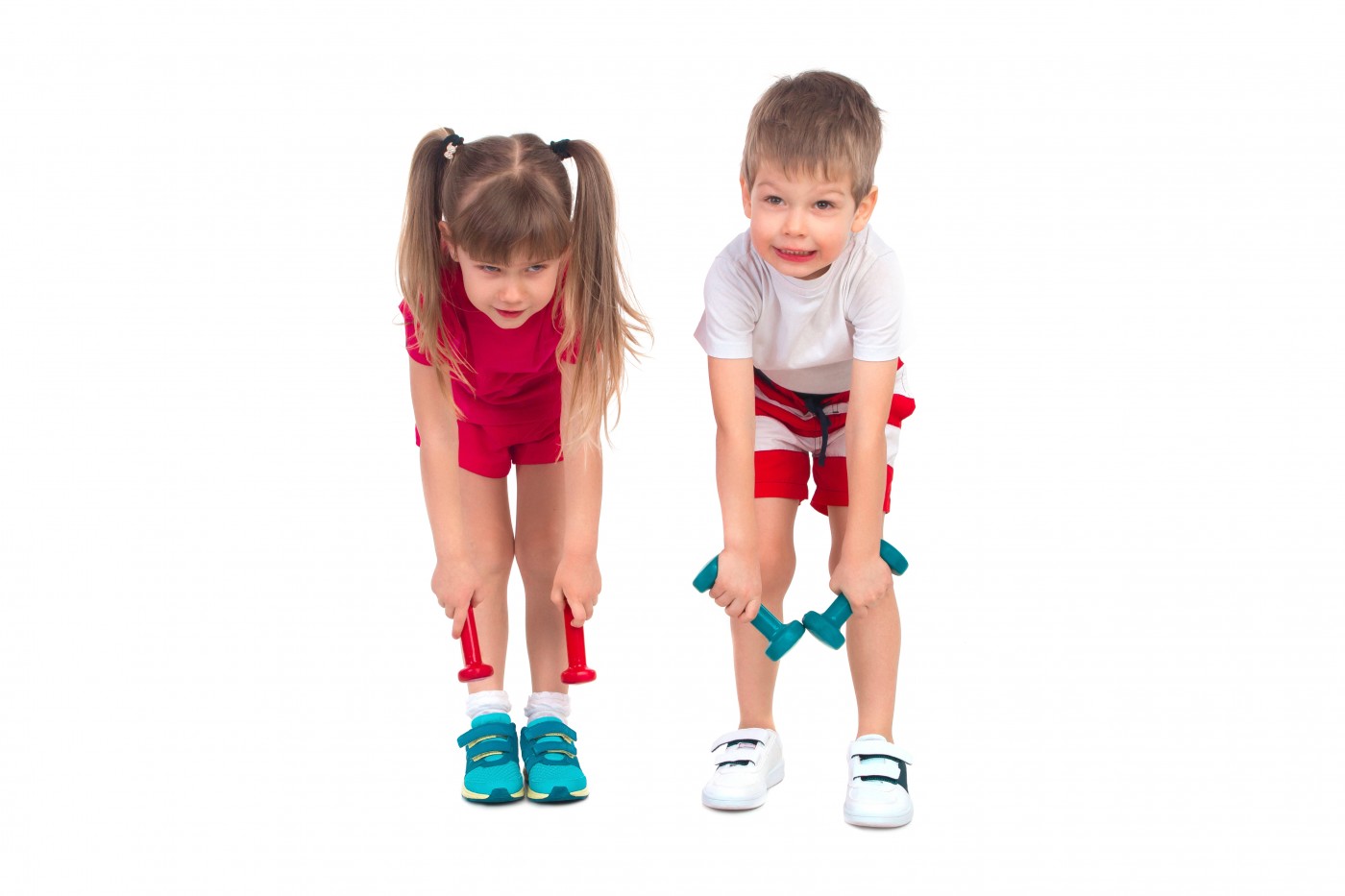Kids with Cerebral Palsy Have Impaired Metabolic, Cardio, Fitness Performance, Study Reports

Children with cerebral palsy (CP) exhibit wide impairments in cardio, metabolic, and muscular parameters when compared to healthy kids, according to the study “Metabolic, cardiorespiratory, and neuromuscular fitness performance in children with cerebral palsy: A comparison with healthy youth,” published in the Journal of Exercise Rehabilitation.
The research team performed a comprehensive analysis to understand how cardiorespiratory, metabolic, and neuromuscular fitness performance varies between children with cerebral palsy and healthy children without CP who were matched for age and gender. Researchers compared a series of parameters between groups, specifically cardiorespiratory fitness, energy expenditure, anaerobic endurance, muscle strength, agility, stability, balance, and flexibility.
For the study, researchers analyzed 40 children with CP (21 boys and 19 girls, with a mean age of 11 years), and 40 healthy age- and sex-matched children. Both groups completed eight tests and 28 measures assessing fitness parameters, from cardiorespiratory to flexibility. Metabolic tests included a six-minute walk over five meters, with researchers registering heart rate, oxygen consumption, walking speed, and step frequency at every minute.
Neuromuscular tests included a power half-squat and a lower body repetition maximum test, while agility tests included the time up and go (TUG) test, and the TUDS (time up and down stairs) test (where subjects have to climb up and walk down 12 stairs as fast as possible). Flexibility was determined by knee flexion and sit and reach tests.
Researchers detected real differences in cardiorespiratory fitness between healthy children and children with CP. However, these differences also extended to other parameters, including muscular strength, speed, agility, anaerobic endurance, flexibility, and balance. The most notable differences between healthy kids and CP children were those related to neuromuscular measures of muscular strength, speed, agility, anaerobic endurance, and flexibility.
Differences in cardiorespiratory variables between both groups were registered at 25 percent difference in performance, while those in metabolic and neuromuscular parameters registered 43 percent and 60 percent, respectively.
In conclusion, the results suggested that children with cerebral palsy exhibit differences not only in cardiorespiratory fitness, as previously reported, but also other areas characteristic of metabolic and neuromuscular performance when compared to healthy children. So, identifying the specific fitness disabilities of kids with cerebral palsy is key to developing targeted therapies to enhance their functional fitness performance.


